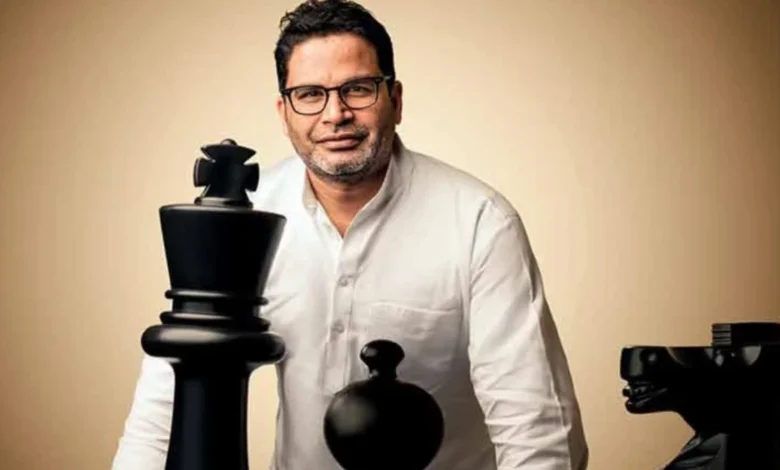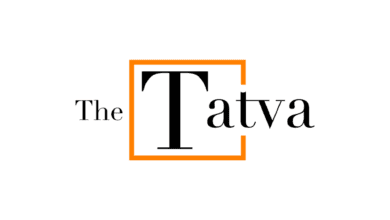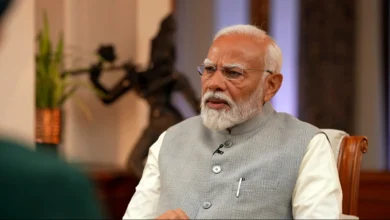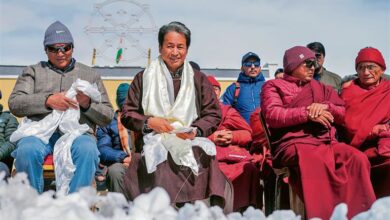Beyond Modi’s Charm: Prashant Kishor unveils four factors driving BJP’s success in three state elections
The Renowned Strategist Turned Activist Highlights BJP's Strengths and Prescribes a Roadmap for Opposition's Triumph in the Electoral Arena

Prashant Kishor, a former election strategist turned activist, shared insights on the recent electoral successes of the BJP, emphasizing that attributing it solely to Prime Minister Narendra Modi’s image is not accurate. During his Jan Suraaj campaign in Singwara block, Darbhanga district, Kishor outlined four key reasons for BJP’s victories in three state elections.
Firstly, he pointed to the BJP’s commitment to Hindutva, their ideological stance. Secondly, he highlighted the emergence of a new form of Nationalism. Thirdly, he underscored the financial and organizational strength of the BJP. Lastly, he mentioned the Labharthi Yojna, the party’s beneficiary programs.
Kishor stressed that the BJP’s success goes beyond Modi’s popularity, and for opposition parties to challenge them effectively, they must understand and address these four elements. He argued that opposition parties need to present a superior alternative in at least three out of the four components to have a chance of winning against the BJP.
Addressing the Congress party, Kishor emphasized the need for them to develop superior Labharthi Yojna programs, enhance their organizational structure and authority, or establish a more compelling nationalist ideology than Hindutva. He suggested that the victories Congress achieved in Karnataka and Telangana were driven by anti-incumbency sentiments rather than the merit of Congress itself.
In these states, Congress was the only alternative available, leading to the votes they received. Kishor explained that the anti-incumbency sentiment against the KCR government was the key factor behind Congress’s win in Telangana.
Kishor had earlier identified a prevailing anti-incumbency mood in Bihar, stating that a survey indicated 50-55% of the state’s population sought a fresh political option. While uncertain about which party would emerge as the alternative, people were convinced that the current parties would not bring about necessary reforms in Bihar.
During his visit to Jale block in Darbhanga on December 2, Kishor highlighted his 15 months of experience with the Jan Suraaj campaign. He estimated that approximately 2,000-2,500 individuals from each block were engaging with Jan Suraaj. He projected that by the campaign’s conclusion, it would have amassed one crore founding members.
You might also be intersted in – Prime Minister Modi to rename Navy ranks ‘in line with Indian traditions’



